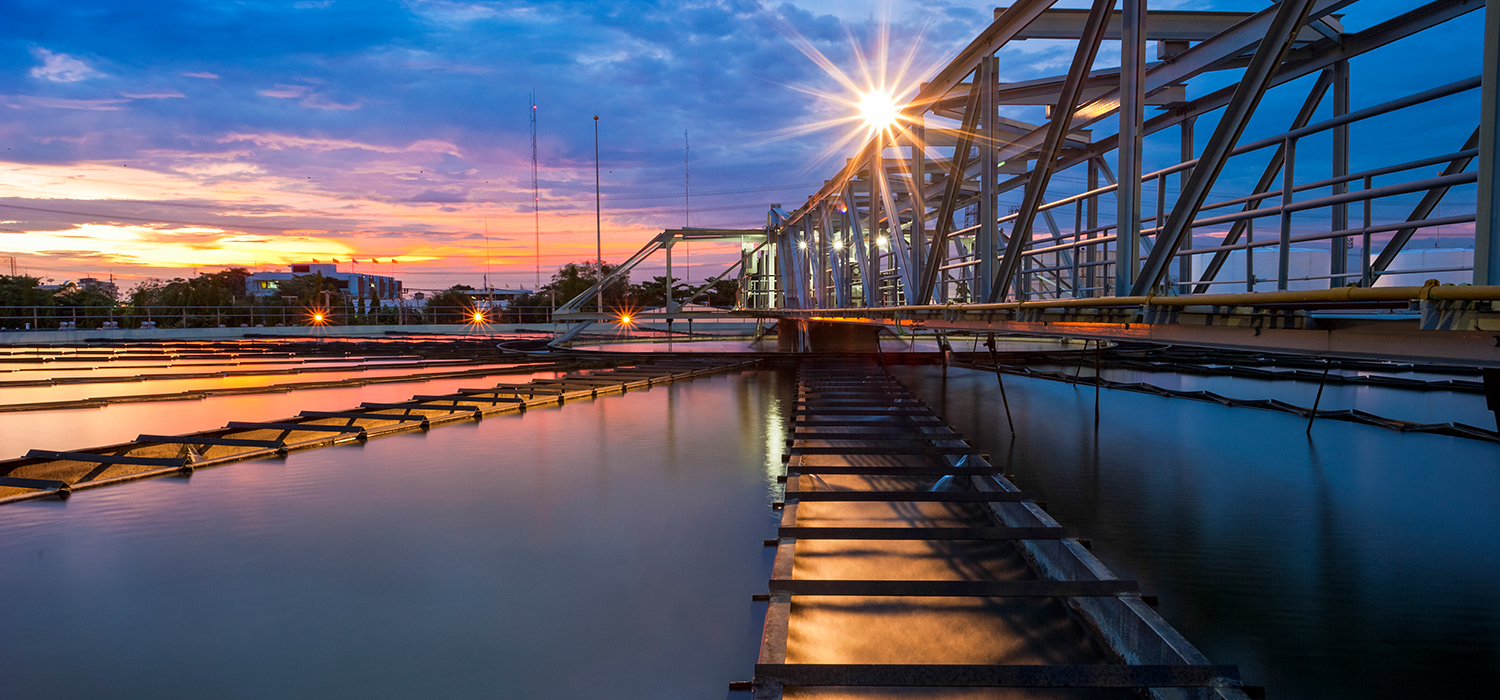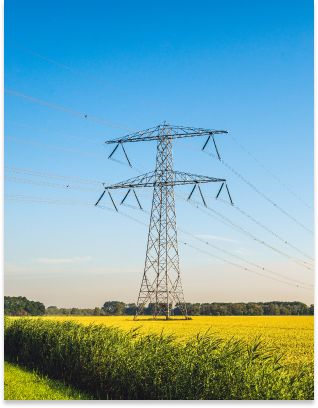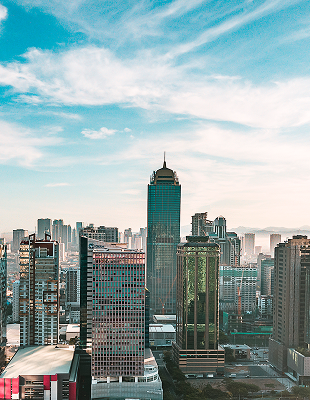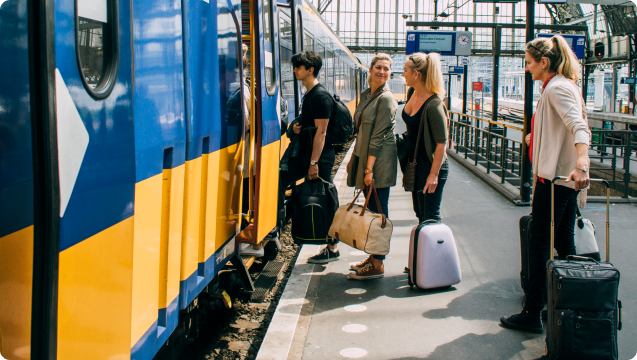Table of Contents
The challenge
Water purification system has insufficient capacity
305,000
The wastewater systems of Haarlem-Schalkwijk and Heemstede have reached the end of their technical lifespan. To ensure that the 300,000 inhabitants of the supply area can continue to have clean, safe and healthy water, the wastewater treatment plant in Zwanenburg is being expanded and renovated. Arcadis is one of the partners working on the solution.
The solution
Design a new and sustainable wastewater system
15%
We are designing a sustainable wastewater system for the water board. The project includes the new construction of two wastewater pumping stations, two pressure pipelines between Haarlem-Schalkwijk and Zwanenburg, and a sludge transport pipeline from the treatment plant in Zwanenburg to the treatment plant in Haarlem-Waarderpolder. During an exploratory phase, we held sessions with stakeholders to define the sustainability measures. These sustainability measures were fleshed out during the design phase and will ultimately reduce the energy consumed by wastewater treatment by 15 percent.
-
READ MORE
The design of the new pumping station buildings at Heemstede and Haarlem-Schalkwijk, and the renovation and extension of the treatment plant in Zwanenburg, is being undertaken entirely in 3D, facilitating cooperation and communication between the various stakeholders. All knowledge and information gained during the course of the project will remain available in the BIM and 3D models throughout the life of the installation. This data will enable the Water Board to manage and maintain the plant more efficiently. On completion of the design phase, the project will be put out to tender and Arcadis will support the Water Board during implementation.

The impact
A higher capacity wastewater system that is easier to maintain
10,500 m3
On completion of the new wastewater system, Zwanenburg's plant will require no major maintenance for ten years and will satisfy all operational and management requirements. The treatment plant will be capable of processing all the wastewater generated by the cluster, which amounts to around 10,500 cubic meters of wastewater per hour. With this new system, the region's more than 300,000 inhabitants are guaranteed clean and safe water for many years to come.

Connect with Raji Arasu for more information & questions.
Not done reading?
This also might be interesting for you
- Related Projects
- Related Insights
- Related Blogs















